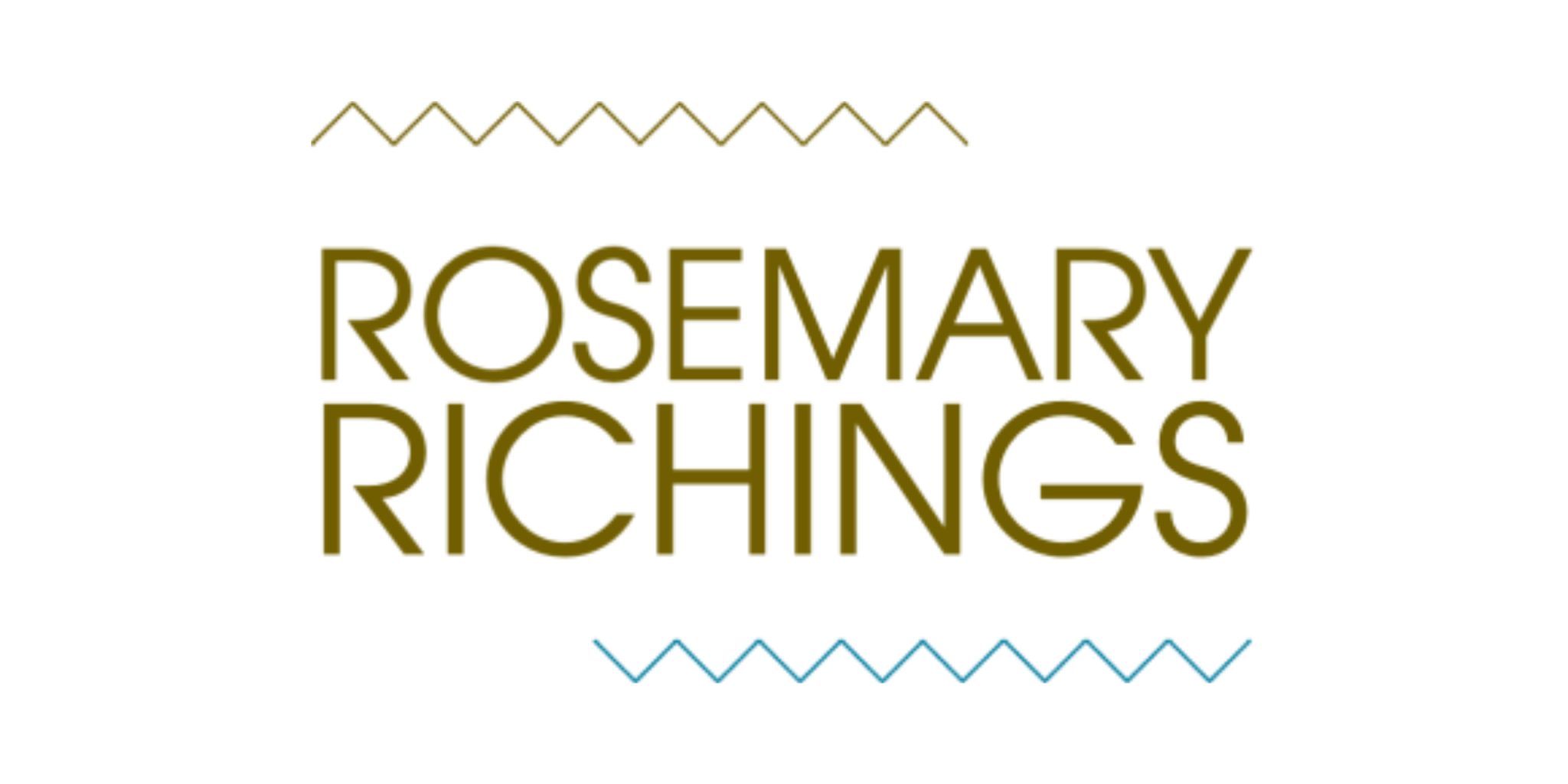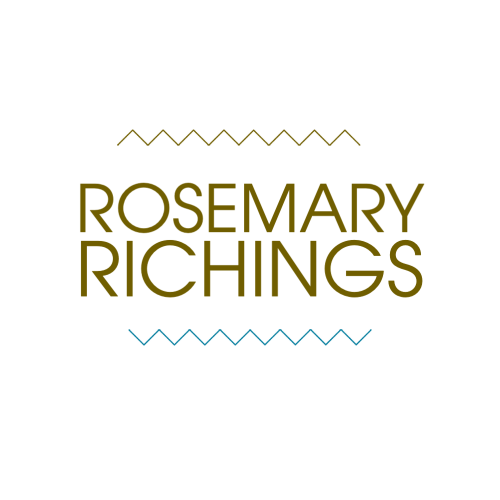So, what does branding your businesses actually involve?
According to Braid creative:
If your brand is the first impression someone receives, it also sets the stage for what they can expect as they begin to move from simply being aware of your presence to becoming engaged with your business.
Everything from:
- The newsletters, social media posts, and content you produce
- To the photos, words, and cultural references you use when you interact with others
Communicate on a subconscious level what your brand looks and feels like. So…basically that’s what branding is in a nutshell. Now that we’ve covered that, let’s move on to the mistakes we make when branding our businesses (as small business owners).
1) It doesn’t need to be icky
Recently I had a conversation over Facebook Messenger with someone who listened to my Mindset + Marketing for Introverted Entrepreneurs live stream. And their main concern struck a cord with me. Because it was definitely a concern I’ve heard before:

When I first got that message I admit I had a moment where I said to myself:
Social media branding is the fun part! What do you mean yuck?
Then, for just a second I looked back on my early days of being on Twitter and was like:
I suddenly understand entirely what they’re talking about.
Often, one of the hardest parts of branding your businesses is consistency…
Because some of the most well-known success stories are brands like Nike, which took 15 years of posts with consistent branding to make an impact.
And that can easily overwhelm anyone. Because how do you stay on topic and on brand for such a long time? Overall, I think a lot of the icky feelings come from the pressure to compete and be:
- The funniest tweet
- The most insightful blog post
- And the most interesting storyteller.
But nothing’s more powerful than letting the one thing shine through that no one else has:
All the things that make you…well you.
For example, one of my favourite people to follow on Twitter is Brittany Berger.
Because it’s as consistent as it needs to be. Rather than telling us exactly what makes her different, she lets her personality shine through. Every tweet has a hint of sass, optimism, bright colours, and witty pop culture references:

Since you don’t just learn something when you check out Brittany’s work, her approach has an infectious impact on readers/viewers. In fact, you’ll also have a good laugh in the process. Because she uses references to familiar moments in movies, tv shows, and pop culture. This makes her subject matter accessible and fun.
Social media branding will feel a lot less icky if you focus on letting your personality shine through. Because branding our businesses based on a study or survey, always come across as fake, and untrustworthy.
But I’m not the only one who thinks this. According to Forbes:
Consumers are becoming more demanding and are seeking a more ‘holistic experience’ which includes health benefits, trust, social impact, innovation and accessibility. To succeed, brands can no longer be just about the product, they need to be about what the product stands for and what it can do for consumers.
2) Picking your colours is about a lot more than what “looks nice”
Far too often people make not so great decisions based on aesthetic appeal alone. And that leads to misguided choices with low conversion rates.
That’s exactly where a basic knowledge of what colours you use symbolize. That way you can at least understand what people think of, when they see your logo, or read your marketing material.
FYI: if that’s not something you’re already familiar with, colour psychology.org has a helpful, basic intro.
This basic knowledge of colour’s impact on others will help you make choices that reflects what you want to accomplish with your brand.
A great example of this is Slack’s logo makeover, which stirred a great deal of controversy in the design world.
Pentagram, the original designers described its design as the following:
Derived from the original logo and built on a grid, the new octothorpe is comprised of two basic geometric shapes––a speech bubble and lozenge––that can be extracted and used as graphic elements. The speech bubble evokes communication and connectivity.

When I look at the logo, the designer’s intentions makes a lot of sense. Because the multiple colours and simplicity of the graphic achieve the result they were looking for. Slack’s logo makeover is a great example of this, as they went from:
- A hashtag symbol with a colour scheme that doesn’t show up when the background colour isn’t white
- To a design that’s adaptable in any context.
Before you engage in a lengthy debate about the value of using a specific colour, start with the practical reasoning behind your choices.
3) What could go wrong? Well…you could make branding choices that are too broad (and patronising)
In fact, a perfect illustration of this is the sudden influx of brands claiming they really “get” the millennial demographic.
Unfortunately, this involves reaching a twenty-year range and over 75 million Americans. So, you can see how branding our businesses based on one-dimensional assumptions about millennials can backfire.
Not to mention, as a Millennial myself, I feel like roughly 99% of the advertisements ad agencies have produced for my demographic don’t actually “get” me.
A great example of this is Dissolve’s video “This Is a Generic Millennial Ad”, which perfectly summarizes what frustrates me about a majority of the ads designed for Millennials:
But I’m not the only person of my generation that’s fed up with being treated like a one-dimensional character type….
In fact, all you have to do is check out the social media backlash over the lazy series of articles that:
- Start with the headline “how millennials killed…”
- Followed by pretty much any product or service, if you want dozens of examples of people who feel the same way as I do.
A huge part of the problem is the luxury car market, where brands like Cadillac and Mercedes Benz have used everything from CGI birds, to Ariana Grande music, and social media influencers to sell cars.
Because a majority of my peers have huge amounts of crippling debt, this seems a bit misguided to me. Perhaps the point is to sell to millennials who are lucky enough to be super wealthy?
Even then, it usually takes a lot more than pop stars and influencers’ opinions to sway the opinion of my generation. Because authenticity has been proven to be the most powerful “marketing to millennials” tactic.
However, I don’t think this applies exclusively to Millennials…
Being real about your values will attract people that care about the same things that you do.
A great example of this is Dove, which went from “just a soap company” to a company that wants to change how people talk about beauty. Not only did their marketing campaigns go viral, but their profits increased from $2.5 billion to over 4 billion.
When you put your values before your desire to seem like you “get” a specific demographic, you’ll attract like-minded people. Because the people who don’t agree with your values will simply ignore you. And the people who like what you’re about will pull out their wallets and invest in you.
Regardless of what demographic you’re trying to reach…
An important part of branding our businesses is talking to the people we want to reach while getting to know their concerns about your products and services.
Because their responses will likely surprise you, and make it possible for you to serve them in a way that feels comfortable and logical to them.
And I guarantee that if you take the time to get to know the demographic you’re trying to reach, you’ll make first impressions on them that lead to genuine interest in what you offer.
PS: New articles are published bi-weekly on Mondays. Browse more posts:
50+ B2B articles →
100+ writer-to-writer articles →




